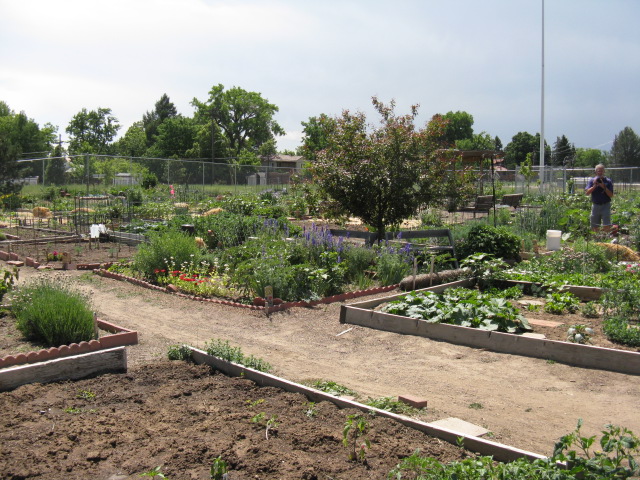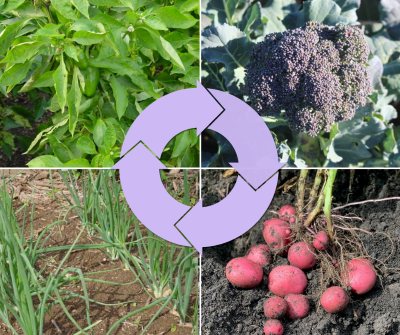Crop Rotation

Both insect pests and disease may be overwintering in the soil. Doing so, they’ll be able to return to a crop during the next growing season –reinfesting your plants, potentially even worse than before. It is for this reason that the practice known as “crop rotation” is recommended in vegetable gardening.
Crop rotation is a tried-and-true practice that has been utilized in not just vegetable gardens, but full-scale farming operations, since the seventeenth century. It consists of moving a family of plants to new areas between every growing season. Plants moved, the pests and diseases present in the soil are essentially left to “starve” as their preferred food source is deprived from them over a period of time.
 A plant “family” does not just consist of a single type of plant, however. There are ten main different classifications of plant family categories, including allium, brassica, cucurbit, legume, tomato, aster, grass, amaranth, mallow, and parsley. So, to know if a plant should go in a location, you will need to do your research on your past and future plants, discovering if they are related. If they aren’t, and their family members have also not been in that specific spot within the last three years, you are safe to plant in that location.
A plant “family” does not just consist of a single type of plant, however. There are ten main different classifications of plant family categories, including allium, brassica, cucurbit, legume, tomato, aster, grass, amaranth, mallow, and parsley. So, to know if a plant should go in a location, you will need to do your research on your past and future plants, discovering if they are related. If they aren’t, and their family members have also not been in that specific spot within the last three years, you are safe to plant in that location.
While tedious compared to many other garden planning tasks, crop rotation is a mechanical practice that can ultimately save you time and money and spare you from having to utilize harsh pesticides around plants that will ultimately be food.
Pests and disease aside, rotating your crops will have the added benefit of diversifying the soil nutrients being utilized from a specific spot. The same crop planted in one location from year to year will result in the same nutrients, in the same amounts, ultimately being utilized over and over. Eventually this will result in deficiencies and an overall reduction of soil fertility.
If, however, the garden being planted is too small for crops to be rotated, there are other considerations that should be accounted for. While moving your plant families at least a little bit will still be beneficial, you will want to anticipate pest pressure throughout the growing season and be prepared for treatment. Testing your soil to know where your nutrient levels stand will also be beneficial and it will direct you towards recommended amendments for best plant performance.
Pests will always be a factor in vegetable gardening, but, with a little forethought and proactive efforts made, they don’t always have to determine a garden’s level of production and success. Make a map of last year’s garden today. Compare it to this year’s, and make the adjustments necessary.
Anthony Reardon, Horticulture and Small Farms Agent, 2023